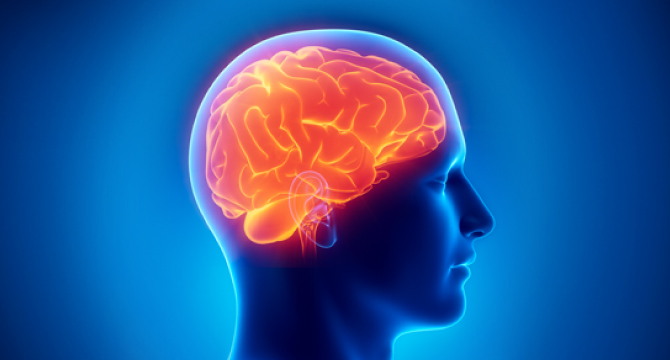Scientists unravel brain networks of cardiac arrest survivors
By American Heart Association News

Immediate CPR can double or triple the likelihood that a person will survive cardiac arrest, but survivors often face struggles, particularly with their brains.
Dr. Karen Hirsch, a neurologist and program director of neurocritical care at the Stanford Stroke Center, is researching how to best treat patients’ brains post-cardiac arrest. She recently completed work on a study funded by the American Heart Association in which she and a team of researchers uncovered important connections in the brain of comatose patients that might help doctors know how best to treat them.
“What happens with cardiac arrests is that [the] heart is completely stopped, or not able to provide blood supply to the whole body,” Hirsch explained.
That’s why immediately starting CPR is so important, she said. The chest compressions help blood flow throughout the body, possibly minimizing the risk of organ damage. The brain is particularly vulnerable. She wanted to learn more about how to help those people who survive a cardiac arrest but face challenges in brain functioning.
Doctors have some understanding of treatments that typically lead to the best outcomes, Hirsch explained. For example, patients who receive therapeutic hypothermia, or cooling the body to between 89 and 95 degrees Fahrenheit, typically have better outcomes.
Yet doctors need more specific information from the body, particularly the brain. So Hirsch used advanced MRI techniques to look for developing brain networks. These networks might provide clues about a patient’s likelihood of regaining brain function, she said. In addition, Hirsch is taking data from electroencephalograms – a test that detects electrical activity in the brain – to add to information from the MRIs to learn how best to treat these patients.
“We are looking at signal analysis, power, frequency, how are different signals coming together,” Hirsch said.
So far, her team has seen what she calls “signatures,” or bits of information that might be common from patient to patient.
“We also saw differences in [brain] networks,” she said.
A future step, she said, is to pair the findings from the EEGs with the MRIs. “One is a snapshot in time, and one is over 72 hours,” she said.
More than 356,000 sudden cardiac arrests happen outside of U.S. hospitals each year, and only about one in 10 of these people survive.
If you have questions or comments about this story, please email [email protected].
- Sponsored link: CPR Anytime Kits





